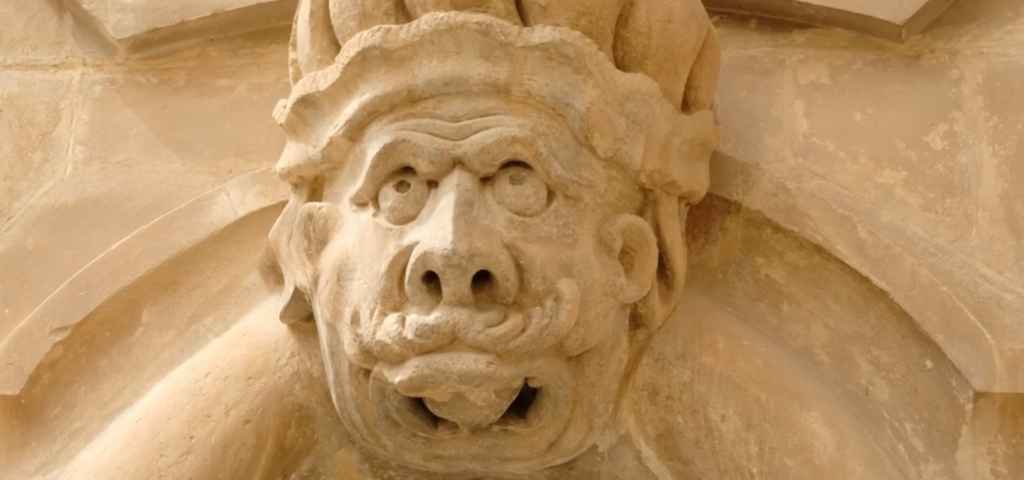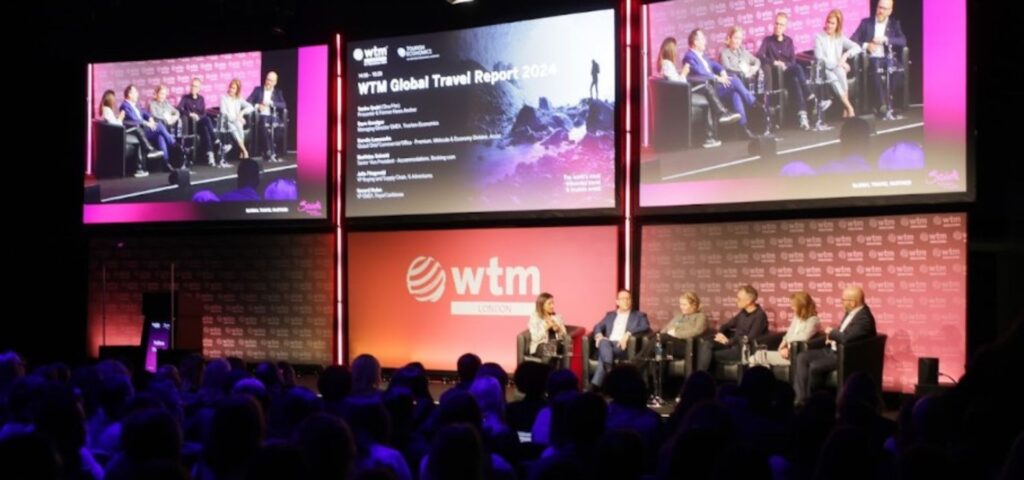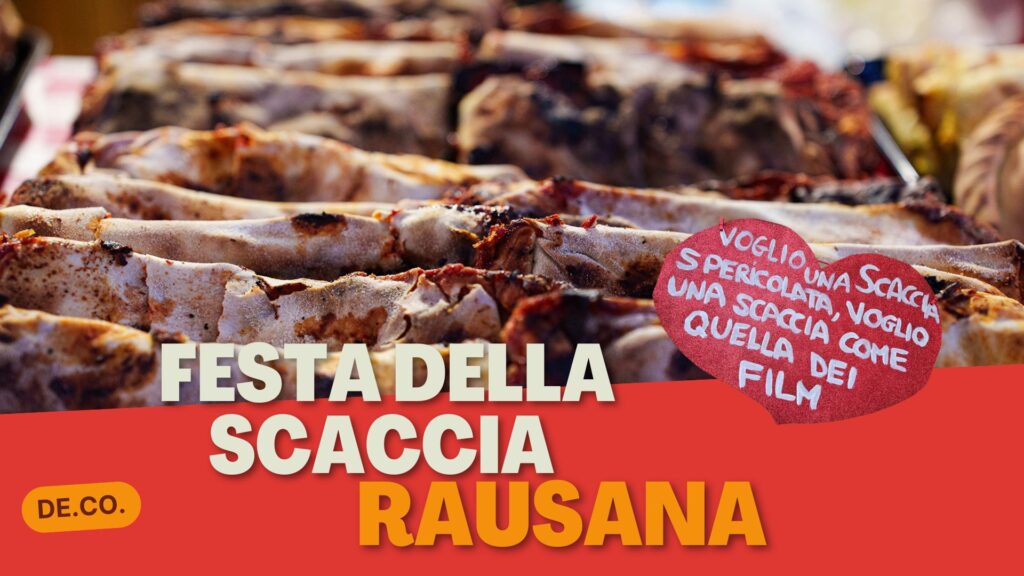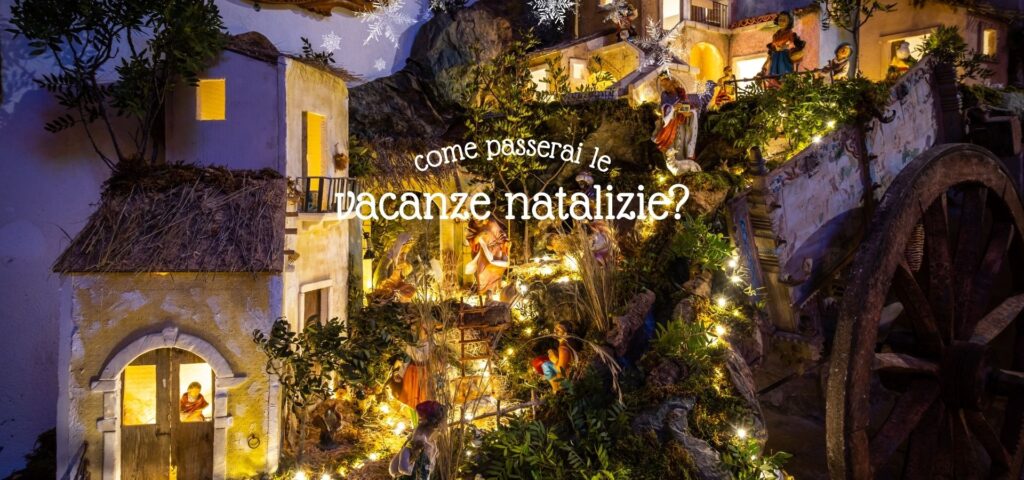Launched in Ragusa the three-day event promoted by the unique tourist destination “Enjoy Barocco”.
For tourists and visitors shows, open museums, guided tours.
An Innovative Perspective: Prof. Carmelo Occhipinti: The three-day international study “Baroque Heritage – Words, Forms, Perspectives” kicked off with a groundbreaking opening by Prof. Carmelo Occhipinti of the University of Rome Tor Vergata. Through the expert eyes of Prof. Occhipinti, a new view was opened on the architecture and works of art of the Ragusa area and Southern Sicily in the seventeenth and eighteenth centuries.
Reflecting on the Baroque: In the evocative setting of the Church of the Abbey of Ragusa, Prof. Occhipinti conducted a profound reflection, drawing directly from the evidence of the period under consideration. This approach has led to a perception of the Baroque that is very different from the traditionally widespread one.
Looking to the Past to Understand the Present: Prof. Occhipinti stressed the importance of drawing on sources from the period itself to fully understand the art and architecture of the period. He pointed out how artists of the seventeenth-eighteenth century aspired to create modern works while maintaining a link to the tradition of the sixteenth century.
A Message of Artistic Continuity: Prof. Occhipinti reiterated that the artistic visions of the past and present are actually in continuity rather than contrast. Baroque artists sought to innovate and create works that expressed vitality, dynamism, and movement.
Institutional Gre etings and Future Perspectives: During the institutional greetings, LAG Terra Barocca chairwoman Domenica Ficano welcomed the distinguished guests, highlighting the importance of these three days of study to deepen the history and culture of the area. A unique opportunity to enhance the historical and cultural activities of the “Enjoy Barocco” destination.
Doing the honors was the mayor of Ragusa, Peppe Cassì, who, in tune with the mayor of Caltagirone Fabio Roccuzzo, remarked on the importance of working in synergy between the baroque territories of the Val di Noto. Roccuzzo, who is also president of the Unesco Operational Unit of Late Baroque Towns of the Val di Noto added, “We are an integral part of a large Unesco site, we have a duty to work in this direction, without claiming or parochialism.” Reflections shared by Scicli councillor Peppe Puglisi and Santa Croce Camerina councillor Caterina Gambino, who spoke on behalf of the municipalities belonging to the LAG. LAG director himself, Salvatore Occhipinti, on the other hand, outlined the bets pursued by the local action group, “among them ‘Enjoy Barocco,’ as the first stage of the commitment to sustainable tourism, agribusiness development and social inclusion.”
Also important were the words of Paolo Patané, director of the Val di Noto Late Baroque Towns Managing Body. “The great effort to activate this managing body must continue with contact with the territories. For us, it is crucial to reach out to the network of operators, of which Gal is a fundamental expression, and in general to the citizenry. The crucial step now is to get out of the elitist approach and promote community participation.”
As Marco Platania, university professor and DMO Enjoy Barocco coordinator, and Santo Burgio of the University of Catania explained, networking is important. “The unique destination ‘Enjoy Barocco,'” Platania said, “groups more than 100 companies working in the sector and aims to increase the reputational capital of the unique destination, to make the Val di Noto area a competitive tourist destination in international markets.” “The quantum leap,” Burgio explained, “is to cross homogeneous networks in which we have become accustomed to confront each other. For this reason, Barocco Heritage starts with literary looks at the Baroque, on today’s day, and then tackles the theme of Baroque construction sites and finally, on Sunday, initiates the confrontation between the cultural and economic circuits. We all have to do our part.”
On today’s day, space will then be given to lectures and readings dedicated to the theme of the relationship between Baroque art and literature.
Chair Sandra Condorelli (University of Catania). After Professor Occhipinti’s talk, Massimo Lucarelli (Université de Caen Normandie) traced “The 20th-century idea of Baroque: the Ungaretti case” while Claudio Castelletti from the University of Rome Tor Vergata spoke on “The Imaginative Vate: Baroque Art and Architecture in the Poetics of Gabriele d’Annunzio.”
Also highly anticipated and much appreciated was the talk by Prof. Olivier Bonfait (Université de Bourgogne) with “The Baroque before the Baroque. For a prehistory of the notion from De Brosses to Briganti,” which provided the French view of the late Baroque.
In video link Marcello Fagiolo (CISB – International Center for Baroque Studies) spoke about “The Fall and Resilience of Baroque Civilization in the Historiography of the Twentieth Century,” while Marina Cafà (University of Rome Tor Vergata) and Ezio Donato (University of Catania) with “Literary Journey in the Baroque Landscape of Sicily” captivated the audience present.
Baroque Heritage will move to Modica tomorrow, May 6, for the second day of studies entitled “Baroque-era architects and building sites in Sicily and the Mediterranean.”
Alongside the scientific events, a series of special events have been planned, thanks to the municipalities of the Terra Barocca LAG, with extraordinary openings of palaces, performances, concerts, guided tours, theatrical tours, and museums open at night.




